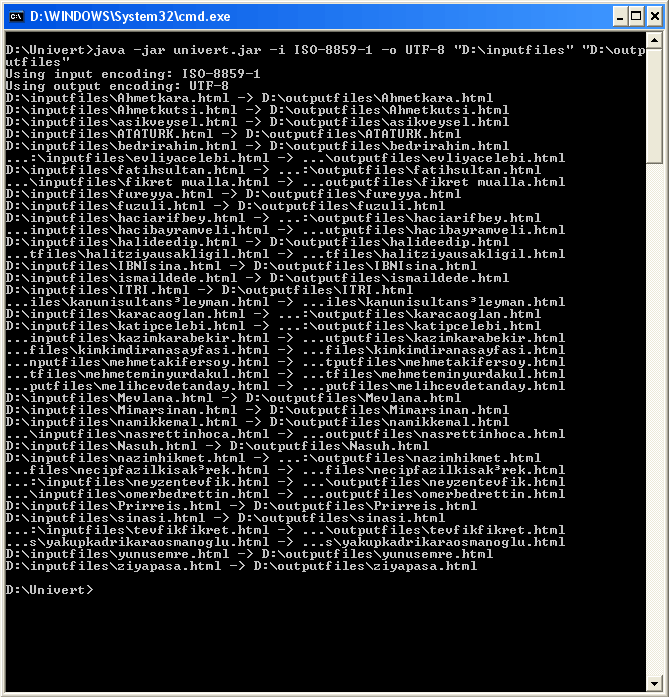

To enter chōonpu in Rōmaji, you can either use the UTF-8 characters, a regular forward accent or a double vowel (ā,ē,ī,ō,ū,á,é,í,ó,ú,aa,ee,ii,oo,uu are all accepted). A maximum of 500 characters can be converted at once.
ASCII TO UTF 8 CONVERTER CODE
Since the native data of z/OS resources is usually represented in EBCDIC, the provider code needs to convert this data before it can return it to the CIM server through the CMPI interface. Try one of the different ASCII sets when needed. For a provider this means that all string data exchanged with the CIM server is expected to be in ASCII (codepage ISO/IEC 8859-1), encoded in UTF-8 format. Some ASCII Katakana fonts have a slightly different position for the less common characters (for example the ones with a handakuten marker ゜). In Rōmaji it is easier to understand the meaning of the Katakana characters. Due to the fact that UTF-8 encoding is used by default in Python and is the most popular or even becoming a kind of standard, as well as making the assumption that other developers treat it the same way and do not forget to declare the encoding in the script header, we can say that almost all string handling. As a check for non native Japanese, the Katakana is also converted to Rōmaji. It allows conversion of UTF-8 text to the smaller ASCII Katakana charset used in most designer fonts.

To convert your input to UTF-8, this tool splits the input data into individual graphemes (letters, numbers, emojis, and special Unicode symbols), then it extracts code points of all graphemes, and then turns them into UTF-8 byte values in the. This tool is made for those working with Japanese Katakana in page design work. The number '8' in UTF-8 means that 8-bit numbers (single-byte numbers) are used in the encoding. Before posting this, I searched Google and found information like: ASCII is a subset of UTF-8, so all ASCII files are already UTF-8 encoded. Katakana Unicode UTF-8 ⇆ ASCII character set conversion, Katakana ⇆ Rōmaji iconv -f US-ASCII -t UTF-8 infile > outfile -f ENCODING the encoding of the input -t ENCODING the encoding of the output Still that file didnt convert to UTF-8. Answer: Internally, UTF-8 without the BOM (byte order mark) is ANSI.


 0 kommentar(er)
0 kommentar(er)
